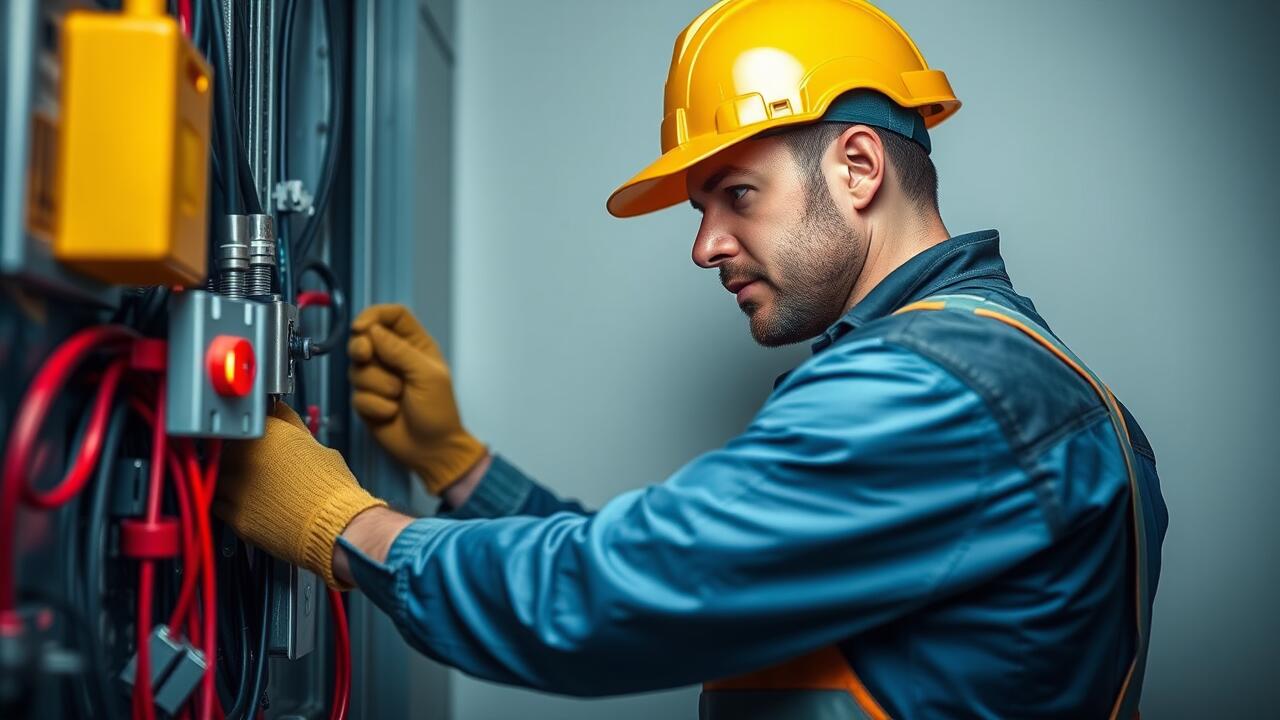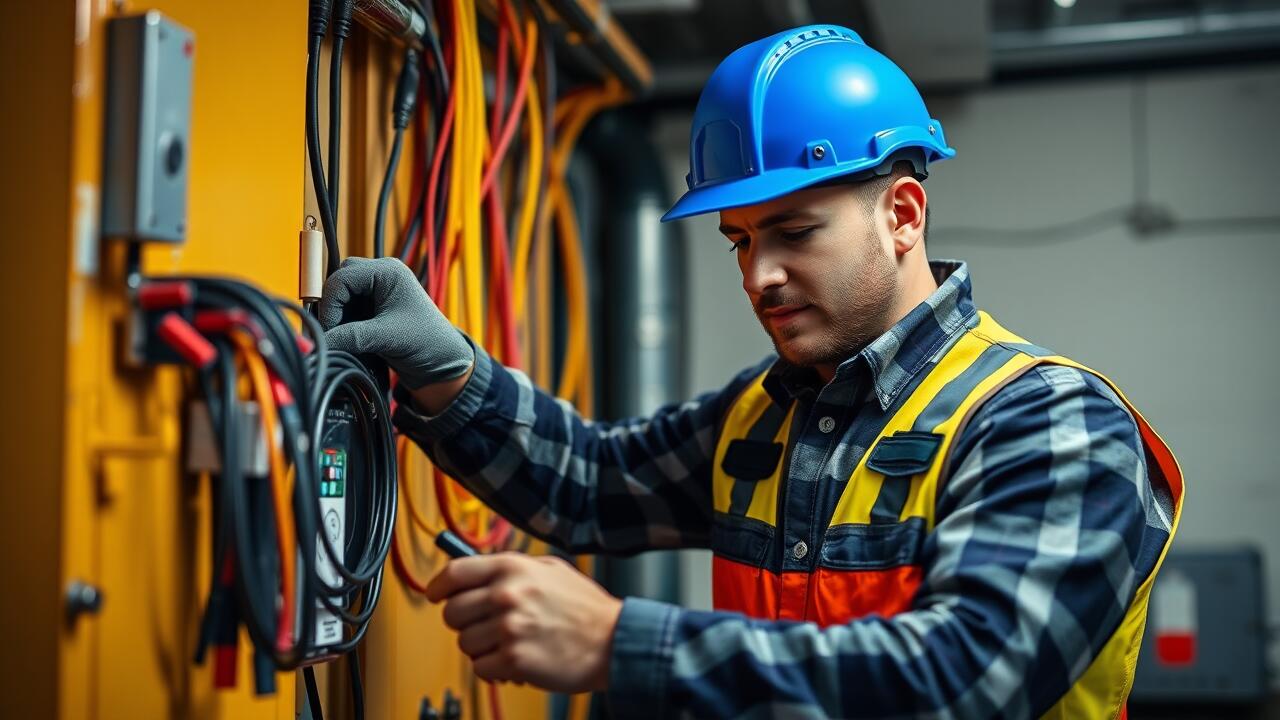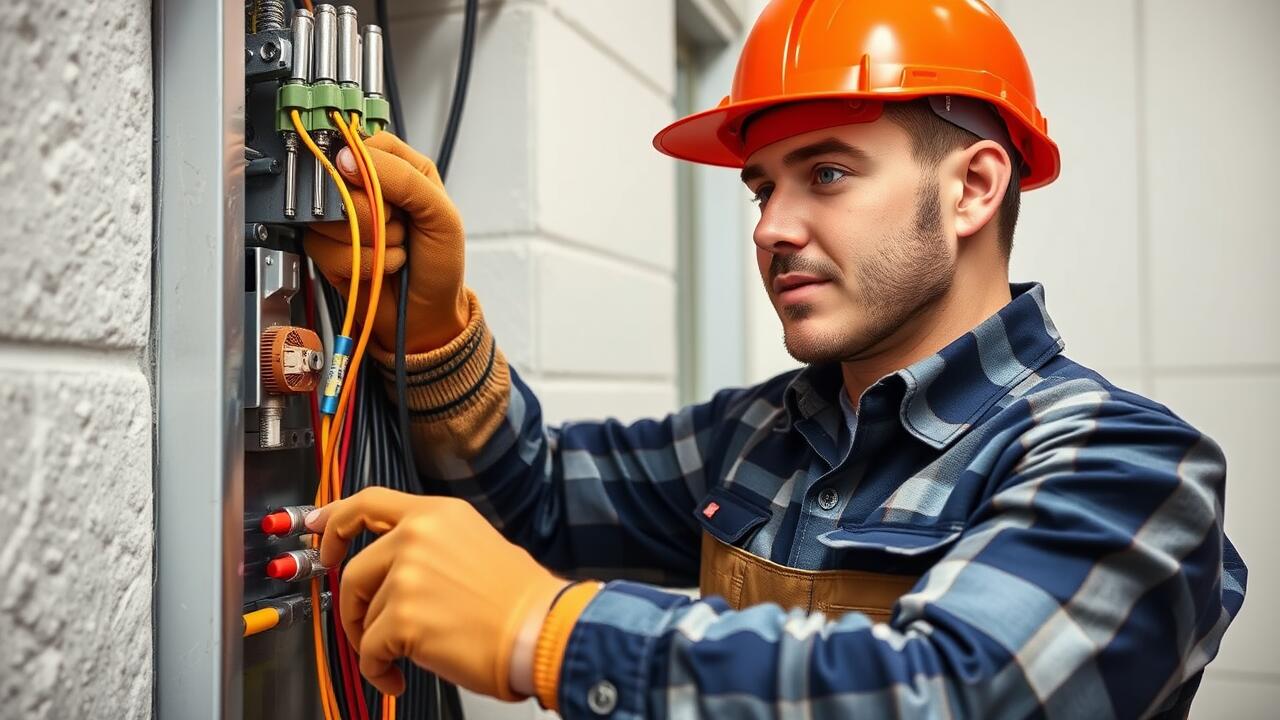
Common Ceiling Fan Issues
Ceiling fans are popular fixtures in many homes, providing comfort and aesthetics. However, they are not without their issues. Common problems include inadequate airflow, unusual noises during operation, and wobbling. These issues can arise for various reasons, such as improper installation or a build-up of dust and debris on the blades. Homeowners often find themselves troubleshooting to identify the root cause of these malfunctions.
In some cases, electrical issues can also lead to fan problems. For instance, a faulty remote control or outdated wiring might prevent the fan from receiving power. Being aware of these common ceiling fan issues can help save time and frustration. When persistent problems arise, it may be time to consult with a Westchase, Houston Electrician for a thorough inspection and reliable solutions.
Identifying Problems with Your Ceiling Fan
When identifying problems with your ceiling fan, pay attention to unusual noises or wobbling. A fan that wobbles might indicate an imbalance due to loose blades or improper installation. Additionally, listen for grinding or rattling sounds, as they can signal motor issues or debris caught in the fan. Checking these factors early can prevent further damage.
Another common issue is inadequate airflow. If your ceiling fan does not circulate air as expected, it may be due to incorrect blade direction or inadequate motor function. A Memorial, Houston Electrician can help diagnose whether the problem lies with the fan's settings or if there's a need for repairs. Inspect the remote control or wall switch as well, since malfunctioning components can also affect performance.
DIY Ceiling Fan Repair Techniques
Repairing a ceiling fan can often be a straightforward task that homeowners can tackle independently. Begin by ensuring the fan is unplugged or powered down at the circuit breaker. Inspect the fan blades for dust or debris that may cause wobbling. Tighten any loose screws on the fan blades or housing. If the fan does not operate, check the pull chain or wall switch for issues. A malfunctioning capacitor can also prevent proper functioning, which may require further investigation or replacement.
If these basic measures do not resolve the issue, consider the wiring connections. Ensure that all wires are secure and properly connected. Sometimes, a faulty remote control can also lead to operational problems. If your attempts at repair do not yield results, it may be time to consult a Westchase, Houston Electrician. Professional electricians have the experience and tools necessary to diagnose and fix more complex issues that could pose safety risks.
Simple Solutions for Common Malfunctions
A common issue with ceiling fans is wobbling, which can be caused by uneven blade installation or dust accumulation. Begin by ensuring the blades are properly aligned and secured. If the problem persists, inspect the fan's mounting bracket for tightness. Dust or debris on the blades can also lead to imbalance. Regularly cleaning the blades with a damp cloth can significantly reduce wobbling and improve performance.
Another frequent malfunction is a ceiling fan that will not turn on. In many cases, this can be traced back to a blown fuse or a tripped circuit breaker. Checking the electrical connections and ensuring the fan is plugged in, if applicable, is a simple first step. If these basic troubleshooting techniques do not resolve the problem, it may be time to consult a professional like a Sharpstown, Houston Electrician. They can safely diagnose and repair more complex electrical issues.
When to Call a Professional
While many ceiling fan issues can be handled through DIY repairs, some problems require the expertise of a professional. If the fan is not functioning at all, flickering lights persist despite changing bulbs, or unusual noises arise during operation, it may indicate more serious electrical problems. Issues with wiring, motor failure, or improper installation often lie beyond the reach of basic repairs and require specialized knowledge to resolve safely.
Homeowners in West University Place, Houston, should consider contacting a licensed electrician for persistent problems or if they feel uncomfortable with the repair process. Professional electricians not only bring the necessary skills and tools but also ensure that all work adheres to safety regulations. This can prevent further damage to the fan and avoid potential hazards. Investing in professional help can save time and ensure that your ceiling fan operates efficiently and safely.
Signs You Need Expert Assistance
Certain symptoms of malfunctioning ceiling fans indicate the need for professional help. If your fan makes unusual noises such as grinding or rattling, it could signal significant wear or damage. Inconsistent airflow, flickering lights when the fan is in use, or the fan not working at all are also red flags. Attempting to address these issues without expertise might lead to further complications, risking both safety and the fan’s functionality.
If the installation of your fan seems shaky or it wobbles excessively even after balancing, it might mean you need a trained technician to assess the situation. Electrical issues such as frequent circuit breaker trips or exposed wiring around the fan also require immediate attention. Contacting a West University Place, Houston Electrician can provide the expertise necessary for resolving these intricate problems effectively.
FAQS
What are some common issues that can occur with ceiling fans?
Common issues include poor airflow, wobbling, unusual noises, flickering lights, and the fan not working at all.
How can I identify problems with my ceiling fan?
You can identify problems by observing any unusual noises, checking for wobbling, ensuring the fan blades are clean, and testing the fan speed and light functionality.
What are some DIY techniques for repairing a ceiling fan?
Some DIY techniques include tightening loose screws, balancing the fan blades, checking and replacing the light bulbs, and lubricating the motor if necessary.
How can I fix a ceiling fan that wobbles?
To fix a wobbly ceiling fan, ensure all screws are tightened, check that the blades are properly aligned, and use a balancing kit to adjust the weight distribution of the blades.
When should I call a professional for ceiling fan issues?
You should call a professional if the fan is not working after troubleshooting, if there are electrical issues, or if you notice any signs of damage that could pose a safety risk.




